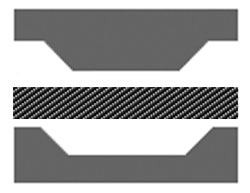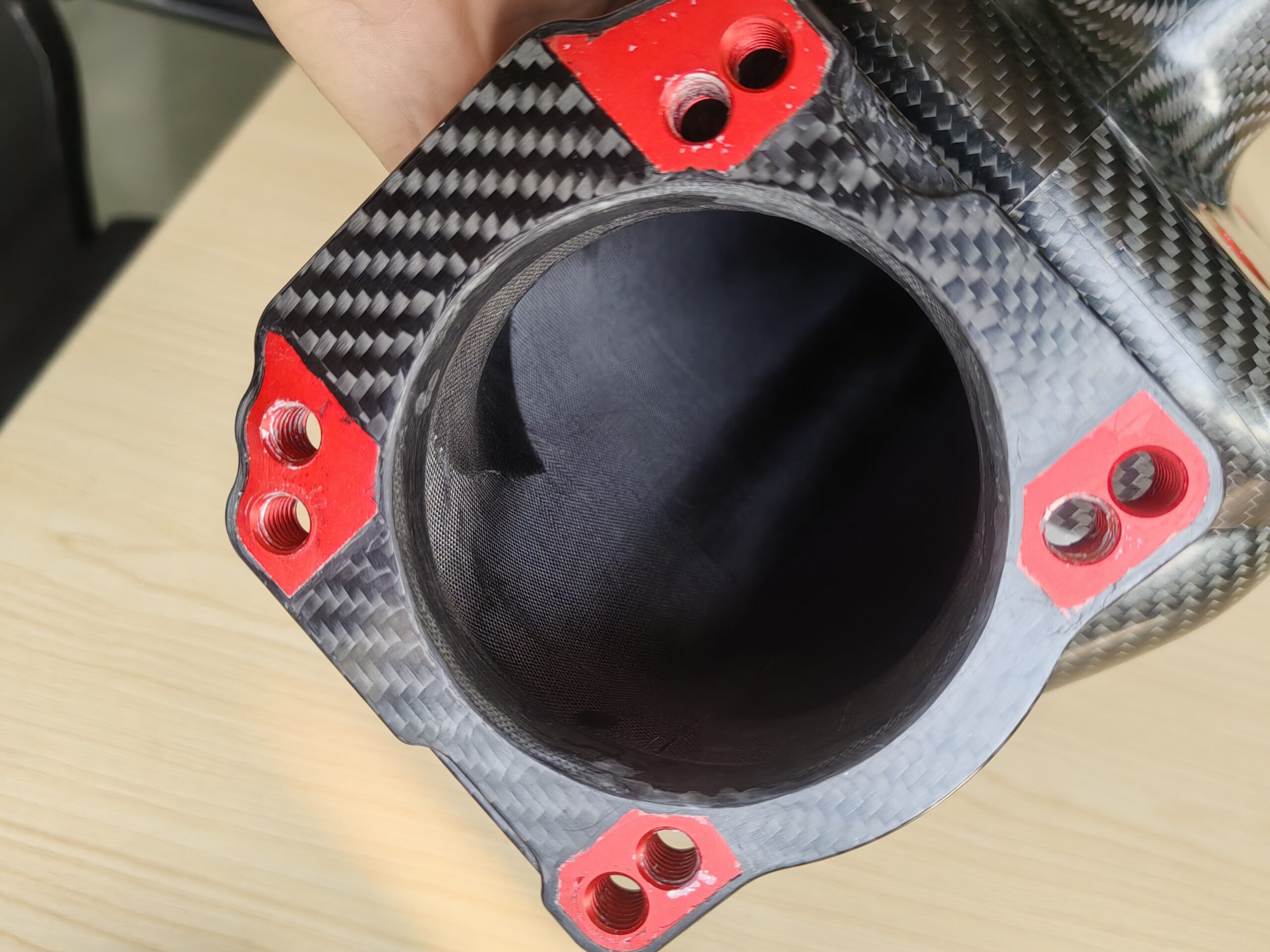Adhesive bonding is crucial in carbon fiber product manufacturing, addressing inherent challenges with traditional joining methods like mechanical fastening. These methods often necessitate drilling holes or puncturing surfaces, which can compromise the integrity of carbon fiber composites by disrupting their matrix and reinforcing fibers. This damage undermines the materials’ exceptional strength-to-weight ratio and structural benefits.
As a solution, adhesive bonding preserves the integrity of carbon fiber composites. Advanced adhesives and tapes now match or exceed the strength requirements of traditional rivets or bolts. Moreover, they offer additional advantages such as sealing joints, preventing galvanic corrosion between different materials, and enhancing the overall aesthetics with a seamless, finished appearance.
















